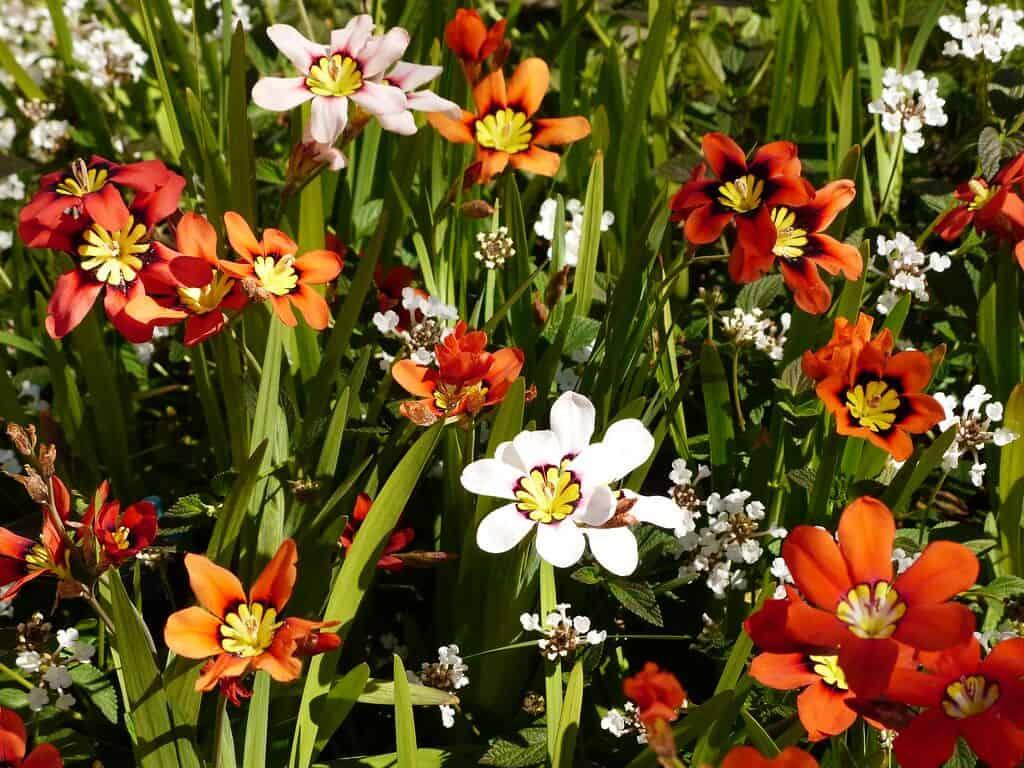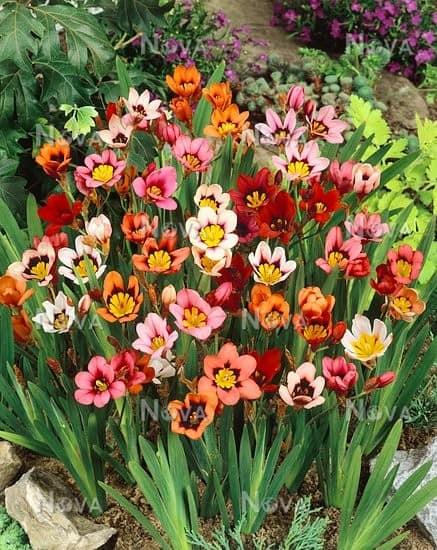I’m writing an article about “thrush flowers” today. To be really honest, I don’t feel depressed after doing this research. It’s not easy to write an article about a plant you have never cultivated. I have too much material to read that is available online.
Although the information is at our disposal, we are unsure of its accuracy. To be honest, Vietnamese flower-growing instructions seen on websites that sell seeds and bulbs are just too commercial. The cards are simply shuffled from page to page. The person selling seeds has no idea how to cultivate a tree, how it grows, or what traits it possesses.
They coolly respond, “I sell seeds,” when buyers inquire about if they have tried it. If I grow every variety, where will I acquire it? It’s unfortunate that there aren’t many genuine growing experiences available online while searching for anything. This indicates that the proportion of those who are self-serving to those who are genuinely committed and enthusiastic is fairly high.
In the near future, I’ll be writing additional articles to share my insights and skills about cultivating flowers and trees. Watch if you’re interested, please! I’ve previously written articles about gladiolus, ranunculus, and freesia (freesia). Today, I’ll write about Sparaxis, a variety that is closely linked to freesia.

Sparaxis is very sweet and soft, if Freesia is excellent. thin leaves and stems (in the same family as iris). The Cape Province in South Africa is the home of these two species (the paradise of flowers). All of them flower in spring, germinate in cold, wet winters, and hibernate in scorching, dry summers. The climate in Vietnam is ideal for this trait. Vietnamese winter, in my opinion, can also assist us in welcoming her to our cherished garden.
The slender flower stalks of Sparaxis bear a resemblance to those of Iris, but the blooms themselves are soft and basic, with six petals and exquisite colors. Because of its strikingly vibrant hues, Sparaxis is also known by the names Wandflower and Harlequin flower, or even clown flower.


The well-adapted sparaxis varieties grow to a height of roughly 30 to 60 cm each year. They come in a variety of hues, including pink, purple, red, orange, and white, and each blossom is woven separately. blends three distinct hues, which is also known as the Sparaxis tricolor. I came across an essay written by a friend of mine who used to grow sparaxis in Lahore, which has a very hot summer and a very chilly winter.
Here’s a link to that page.
To welcome Sparaxis into our home, we simply need to adhere to a few of these instructions. I’ll include some fundamental guidelines appropriate for Vietnam.
Select a breed.
Selecting bulbs comes first. Pick large, plump bulbs, just like you would with other flowers grown from bulbs. Throw away the tuber instead of planting it if it feels soft, as it may harbor fungal diseases. particularly in a place like Vietnam where it is humid.

Invest in huge bulbs or bulbs with a baby next to them, as planting a small bulb now will probably result in more flowers the following year. In the fall, plant bulbs. Purchase many bulbs and plant them at various dates to determine the ideal growing period for the plant.
I frequently employ this technique because the weather in our area varies annually. As I grow flowers as a pastime, I plant them sporadically so that they bloom all year long, from New Year’s Day till the end of January ^^. Sincerely, I wouldn’t dare tell you which flowers will bloom or not blossom during Tet.
Because every year is unique, flowers and trees may bloom up to a month later. When I grow flowers, the act of the flowers blooming is already a beautiful thing for me. I don’t want to sell it so I won’t have to worry about Tet, hehe. I only cultivate it for entertainment purposes.
Get the soil ready.
The most crucial element of soil preparation for planting is loose, well-drained soil. For the majority of bulb kinds, this is crucial. As ranunculus, gladiolus, or freesia, this is likewise a really significant and essential guideline. You can either mix it into the substrate in the same ratio as described in the freesia article, or place a small amount of yellow sand gravel underneath the tubers for optimal drainage.
Water used for irrigation
Before planting, give the earth a thorough watering. Plant the tubers after the soil has been sufficiently wetted. Plant the bulbs 3–5 cm below the surface. Water the soil after planting to help it settle. Put somewhere shaded. Wait until green shoots start to emerge from the earth before watering again.
Brightness
Light, direct sunshine in the morning is ideal for the plant. If you keep the flowers in the shade, they will still blossom. Steer clear of direct sunlight when it’s really hot outside. (At midday or early evening, or during warm weather)
A bulb can generate one to three sprouts, and each sprout can provide one to three flowers. The only drawback is that sparaxis flowers only bloom for two days before they wither. On the other hand, if we plant a lot, our flower pot will be incredibly colorful and lovely.

Video reference for planting:
Sparaxis is a kind that can be produced as a perennial in Vietnam and temperate zones that are warmer than zone 8. It will bloom again in the fall if you leave it in the ground. In the summer, don’t forget to water. As summer fades and the leaves and flowers wither, you may also pluck them up, store them in the refrigerator, and replant them as cool fall weather draws in.
After reading and analyzing the available data, I’ve concluded that growing Sparaxis in your garden will yield numerous benefits, including color in your winter garden. Gorgeous, lovely flowers that are simple to grow and have the potential to become a perennial.





